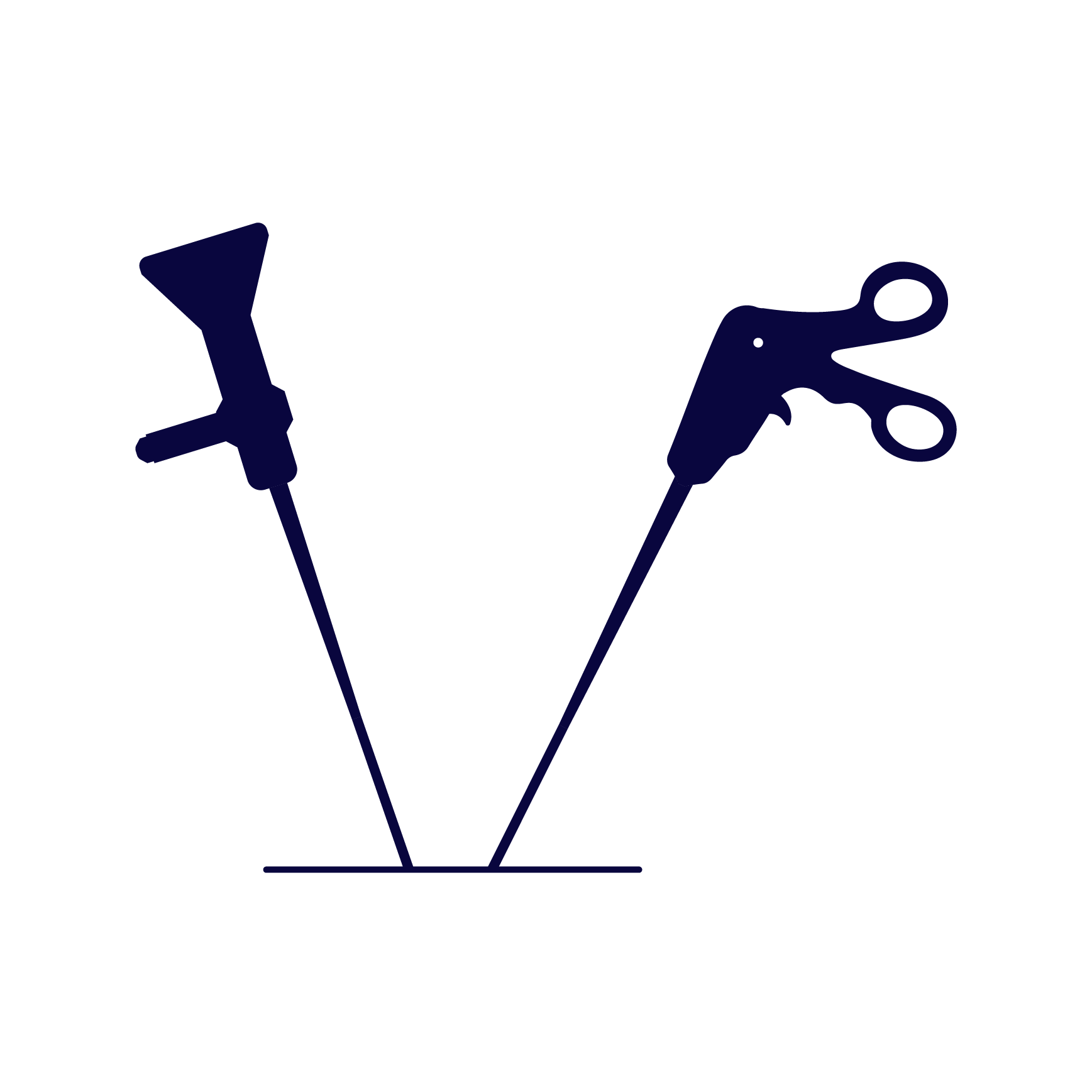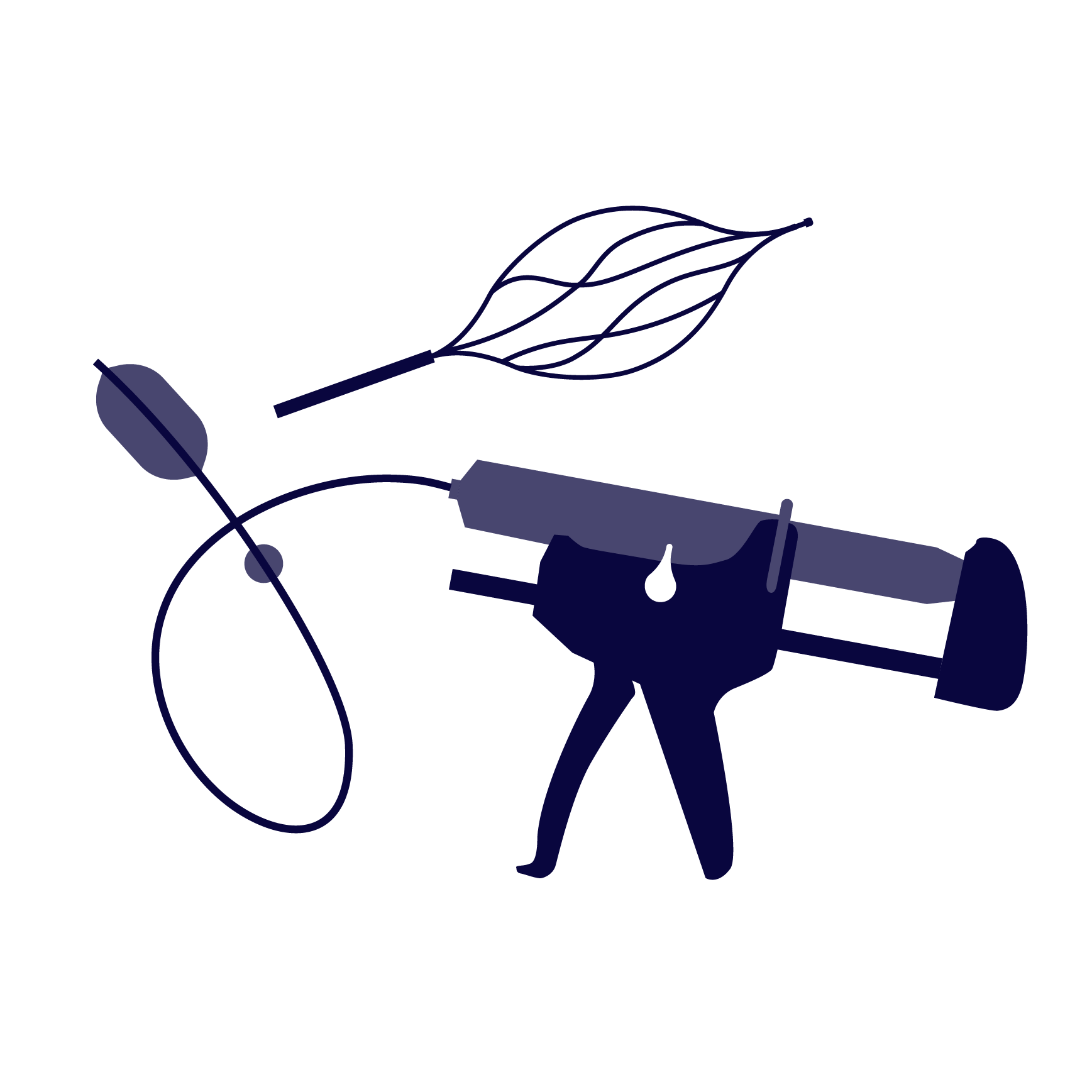Veterinary Endoscopy
About Veterinary Endoscopy
Veterinary endoscopy is a constellation of minimally invasive medical techniques involving the use of both flexible and rigid camera systems to examine, diagnose and treat various conditions affecting the inside of an animal’s body. There are three main types of veterinary endoscopy: diagnostic endoscopy, surgical endoscopy, and interventional endoscopy. Diagnostic endoscopy is used to examine the inside of an animal’s body and assist with making a diagnosis. Surgical endoscopy involves the use of specialised endoscopes and instruments to perform surgery through small incisions. Interventional endoscopy involves using an endoscope with the assistance of various instruments to perform procedures such as foreign body removals, polypectomy, stricture dilatation, endoscopic laser ablation and stent placements. All three components of veterinary endoscopy offer the benefits of minimal invasiveness, reduced recovery time, and less pain for the animal.


